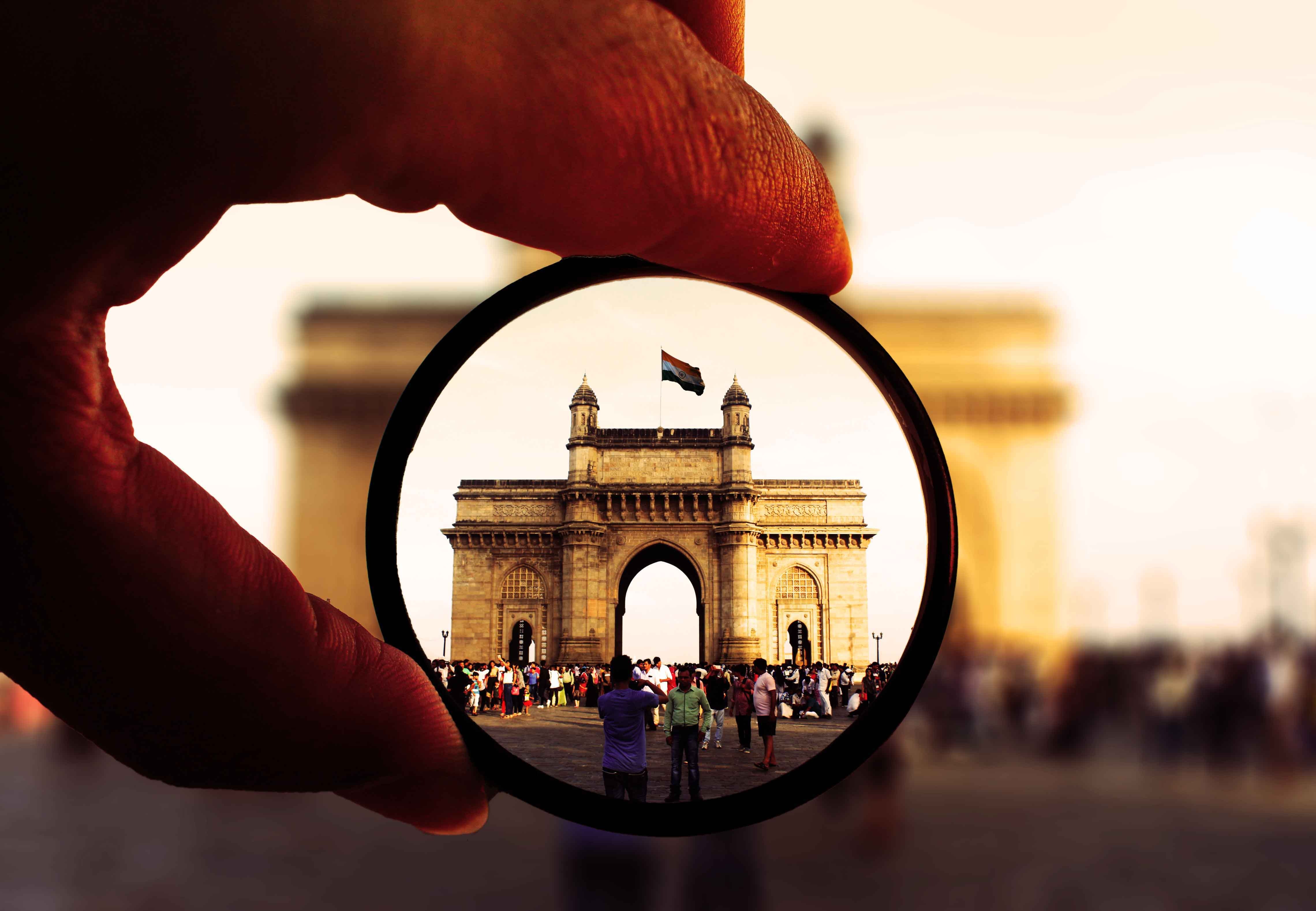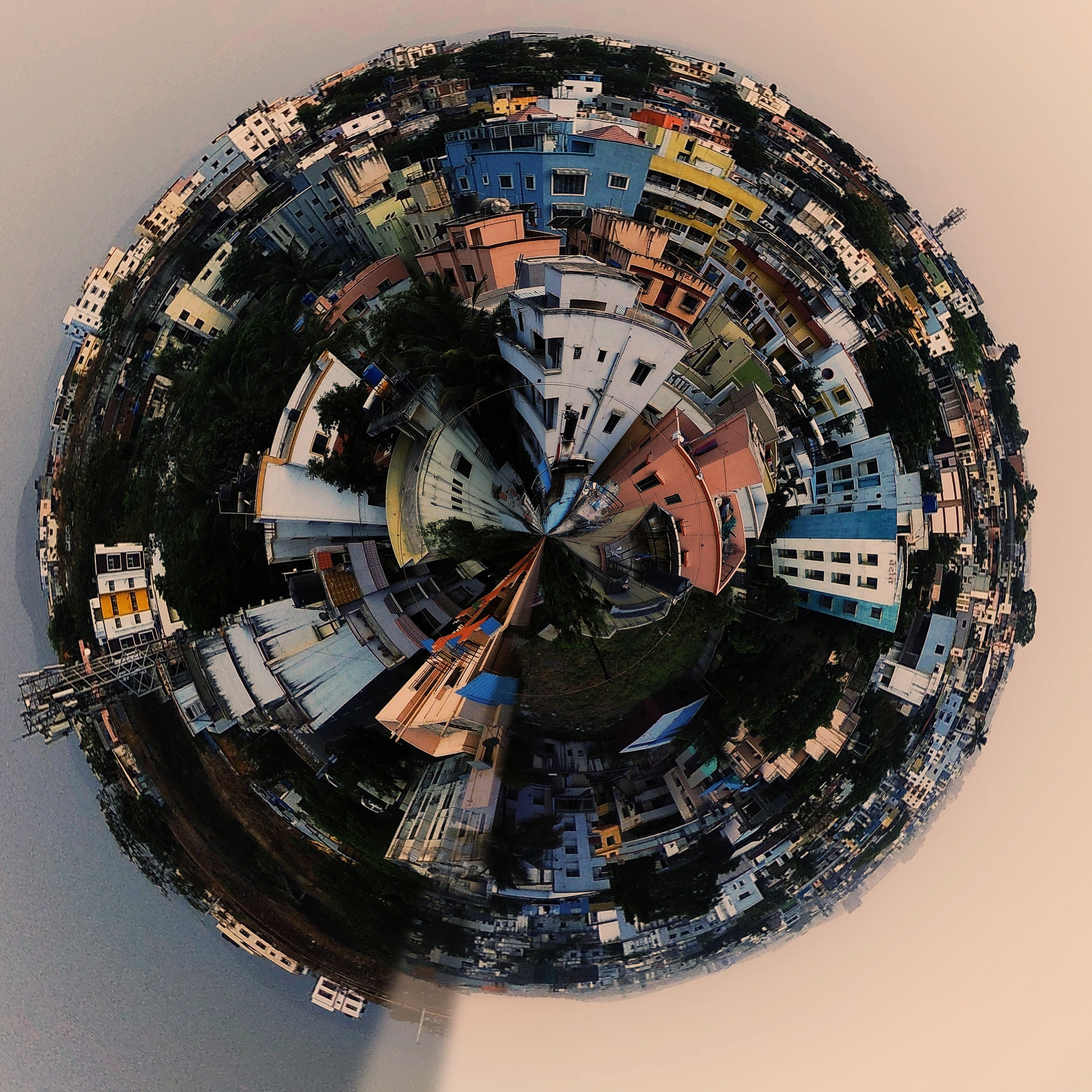by Alka Roy
Like the people in and out of shelter-in-place lucky enough to not have their lives completely devastated, I have been spending the last several months figuring out — are we there yet?

As we context-switch between work, house work, being on guard with physical distancing and masks to make grocery runs, giving lessons to our first grader — each family member is experiencing these times with his or her own individual lens. It is also becoming starkly obvious as we peer into personal lives through video calls, navigate the cries for social and racial justice in America and privacy and autonomy across the globe — that there has never been one normal. Despite the prevalence of the internet and globalization.
Nostalgia and the Myth of Normal
I came to America with my parents when I was fourteen. When my parents moved back to India, I stayed here to finish college. My father passed away two years ago, as a retired Major General from the Indian Army and Additional Surveyor General from Survey of India. Despite his impressive titles, he struggled to navigate the corruption that surrounded him. As a scientist he took a leave of absence, moved his entire family to the US to get a Ph.D. in remote sensing, and returned to modernize India’s mapping systems. His mother, my grandmother, was a Member of Legislative Parliament and lived in the city, while his father, my grandfather, went back to their ancestral village. She refused to campaign for a second term because she didn’t want to waste public money or time and felt her last term spoke for itself. She won. What I learned from them was that the privilege of power comes with responsibilities.
When my dad was still alive, with no relatives here, I went back to India every year, sometimes twice if I was lucky. Despite the long flight and the late hour (the flights usually landed after midnight), I hurried through the sea of airport workers with a grin . My brain switched to the old familiar language and norms. I knew what to do. How to navigate my personal space. What to say to the pushy hawkers. How to handle the crowd–the traffic and the pollution. Before even seeing my mother’s tired face waiting outside the airport, I could taste the delicious stuffed parathas she had packed in a steel container to welcome me. It was familiar. It was home.
The nostalgia lasted for a few hours. Sometimes days. Sometimes the entire first week that I was there. Until it didn’t. Often it was a critical stare from a relative followed by, “What happened to your face?” that snapped me out of it. Or a man who brushed up too close on purpose and smiled. Restrictions on where and when I could go out by myself as a woman. The pollution, the lack of privacy. The pervasive corruption. Or when I witnessed how the privileged in India treated the not-so-privileged — based on economic class, facial features, color of their skin, religious affiliation, caste, region, gender, sexual orientation, or how well someone spoke English. The list was long. The fear of escalating violence and misinformation high. It was overwhelming. It was complex. It was real.
Nostalgia is seductive but like memory — it’s selective. It is not complete. It is not real. We say something is normal when it’s familiar. When we think we know what to expect. How to act. When the majority adopts or condones something. Makes it acceptable. Lowering the social cost of isolation, embarrassment or punishment.
Whose Normal?

In India, I am a member of the majority, the mainstream. With the legacy of ancestors who were committed to social work and resisted British occupation and rule. I am visible to everyone there in a way I am not in the US. In the US, I am a financially privileged minority. But still a woman in technology and an immigrant. I have experienced the blind spots of being a majority and the vulnerability of being a minority. In both places, I’m busy bridging the gaps, gently or sometimes firmly. Hoping to provide perspective – separating ill-informed or normalized biases from facts. In India, I’m busy defending America. In America, I’m trying to share nuances about India.
I am an insider and an outsider. In both lands. I have the unique lens when I am visiting India to see what I didn’t notice when I lived there. But just because I can see gaps doesn’t mean that I know or can experience what it feels like to belong to a minority community in India. It’s one thing to care. To empathize. To even understand. But another altogether to emotionally experience. The way I experience being a minority in the US, however privileged. How it feels. How exhausting it is to be less visible, if not invisible, or only visible with labels, biases, and explanations when you are not part of the mainstream. But I also don’t know what it’s like to be Native American, Hispanic or black in America. Or an Indian man. Or a person with a heavy unfamiliar accent or what it is like to live with a major mental or physical disability.
We Never Go Back
Nature is designed to move forward. Sci-fi aside, we can’t and don’t go back to a time and place that no longer exists. What exists are our fragmented and approximate memories. We recall them — stitching together our imperfect, time-deceptive snippets, based on what we see and what we want to see. Often we fill the gaps with what we want to believe. Weave a story that serves our perspective. But when we look back at history and facts, someone was always being wronged. I am proud of my heritage and my birth country but I have to admit and speak up when minority and vulnerable groups in India are unnecessarily blamed and attacked. Acknowledge how my own family benefited from the uneven systems. How we still benefit.
In America, I have to remind myself that I’m a minority. I miss my old home but now that both my parents are gone, my visits to India have changed. The stories they told, memories we shared, the India and home they made for me– are all gone. All the visceral memories of climbing and grabbing guavas and mangoes from my grandparent’s trees are gone. No amount of nostalgia or desire can bring them back. That home and my childhood don’t exist. They are not real.
What exists is my personal freedom, my new home, my new country, and my new family. With it’s own set of wonders and challenges. Where we can pursue our passions and live with great autonomy. But where groups of people are also trolled and vilified for their opinions. They are targeted for where they come from or what they look like. Though the longer we live here, that also starts to feel normal. The more we hear the same narrative, the more real it starts to sound. But it is not. It is familiar. But confusing normalcy with familiarity only gets us tangled up in complacency. And we lose our power and motivation to push for change.
To Each Our Normal
After every great war or global crisis, the world changes dramatically and suddenly. We have little time to adapt. To let go of our grip on old identities. We miss knowing what to do, what to expect. So we look back at the time before the crisis. It’s natural to be nostalgic about the time when we had some semblance of certainty.
Instead of navigating the change, it’s natural for our brain to dwell on what’s missing. Focus on what we don’t have more than appreciate what we do have. We are wired for negativity bias. That is why fear motivates us. Even when we are confronted with new problems, we fall into our old patterns and habits. But despite our desire to go back to a pre-pandemic high growth economy. To a safe, social world with less fear about health and jobs, we know that there is no going back. And even in the world before the pandemic, reality and normalcy were different for all of us.
There is no one India or a typical Indian person. In a country of over billion, how can there be? The same is true of America. Native Americans. Black Americans. Indian Americans. Irish Americans. Multi-generational Americans navigating structural poverty. Or those with epic inheritance and generational wealth. Political connections. Male, Female or somewhere in the gender identity. From the West Coast or East Coast. Funny. Uptight. Considerate. Kind. We all have our unique experiences and perspectives.
What if we gave each other just a little bit more room and freedom to be ourselves. Instead of putting the tag of loyalty to assimilating or “getting with the program” at work or in the community with the prevailing “normal.” We would all have some breathing room to experiment, evolve and explore our identities. Like we are or were doing with shelter-in-place, making room for unique situations at home, in countries and regions while people figured out how to work from home while navigating families, keeping businesses running, paying bills. It may seem simpler to us to get people to “normalize” instead of making space for so many multiple realities. But then we ask them and ourselves to pretend to be someone we are not.
Once disruption has entered, especially something at a global and substantial scale, our culture is and will be forever changed. And we get a unique chance and opportunity to choose how much and where to shift it. Individually and collectively. Despite patterns, averages, means and medians, our human experience is truly unique. Understanding and welcoming that uniqueness is what gets us closer to acceptance and tolerance – our universal human experience.
That is our real normal.


